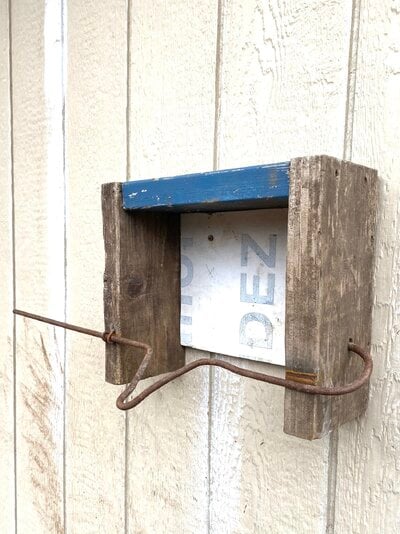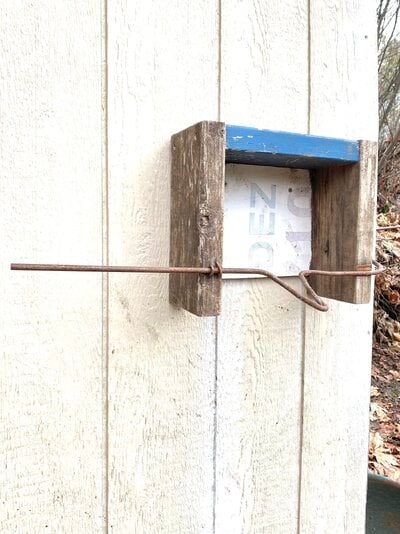Magda12
Songster
Hey everyone - been a crappy couple of days for me, you can skip this first paragraph if you want the TL;DR. I'll try to be brief. Sunday, came home to a dead hen. I have super healthy chickens, started with 10 almost 2 years ago then hatched 10 this summer. 6 of the hatchlings ended up being cockerels. They are about 4 months old now, very large and crowing. I say this, because I knew I had to get rid of at least 4 of them and I blame myself for waiting too long. We came home and found one of our original hens, one of the biggest ones, dead. I am 100% sure it was one of the roosters (one had bloody feet and there are other reasons), not sure how it happened, but I think they may have bloodied her the day before and then attacked her. I feel absolutely awful about it and now I know it's time to cull some of these roosters. I can tell my hens are stressed too, they're not laying at all.
I have been researching culling methods and have read that CD is the most humane, that is 100% what I am going with. My questions is related to doing it by hand. These are 4 month old mixed breed (barred rock x BR, CW, EE or BO), they're fairly large roosters. I am concerned that I will not be able to apply enough force to sever their skulls effectively. Is this a legit concern? I am a healthy 40 yo female. I could have my husband do it or use the broomstick method, but I will really like to know how to do this by hand and be able to feel what's happening to know it's successful. If there's any chance I could muck it up, though, I'd rather just do the broomstick (I also don't want to accidentally rip off heads with the stick, we're trying to avoid bloody messes).
I know this won't be the last time I will have to do this, so I want to be as confident and connected to the process as possible. I have no attachment to these cockerels and I feel like this would be the best "practice" - I was, however, a little attached to the hen they killed
I have been researching culling methods and have read that CD is the most humane, that is 100% what I am going with. My questions is related to doing it by hand. These are 4 month old mixed breed (barred rock x BR, CW, EE or BO), they're fairly large roosters. I am concerned that I will not be able to apply enough force to sever their skulls effectively. Is this a legit concern? I am a healthy 40 yo female. I could have my husband do it or use the broomstick method, but I will really like to know how to do this by hand and be able to feel what's happening to know it's successful. If there's any chance I could muck it up, though, I'd rather just do the broomstick (I also don't want to accidentally rip off heads with the stick, we're trying to avoid bloody messes).
I know this won't be the last time I will have to do this, so I want to be as confident and connected to the process as possible. I have no attachment to these cockerels and I feel like this would be the best "practice" - I was, however, a little attached to the hen they killed





